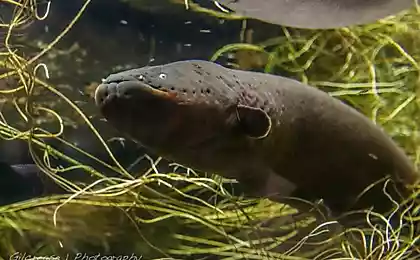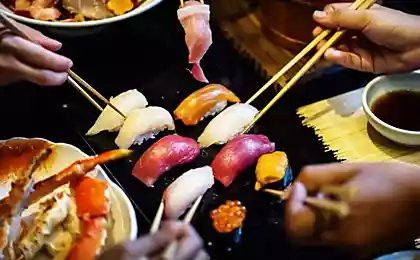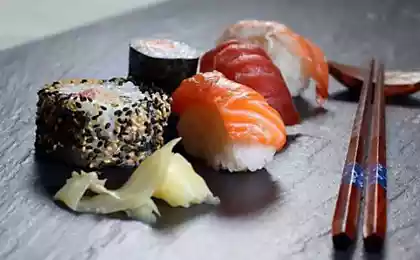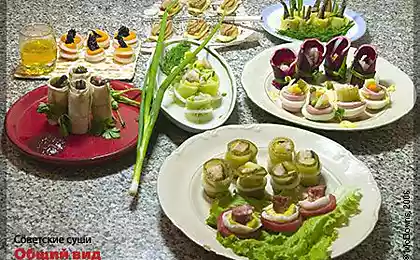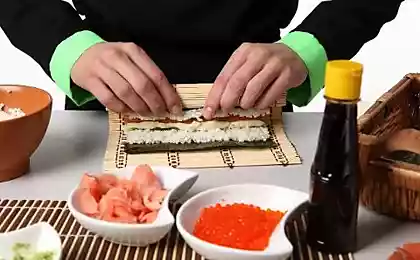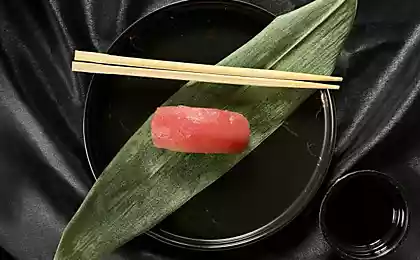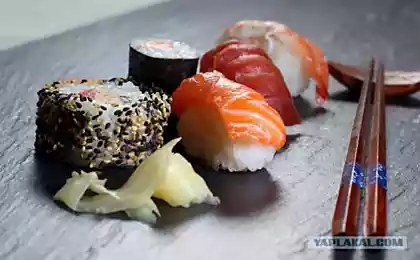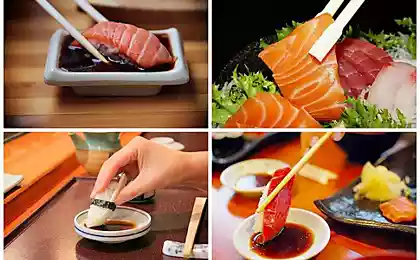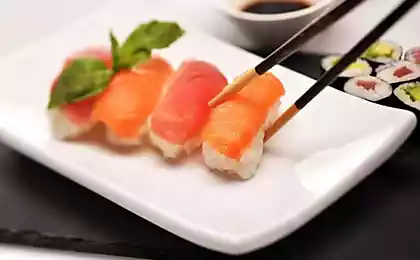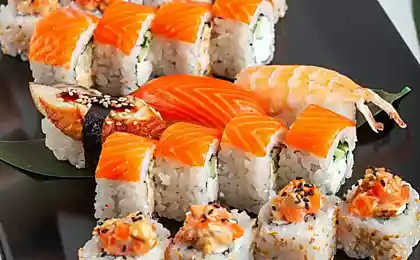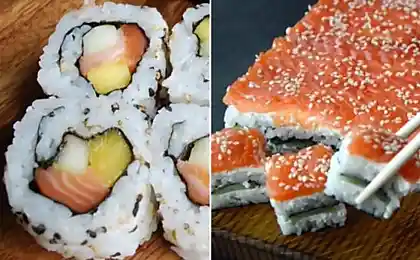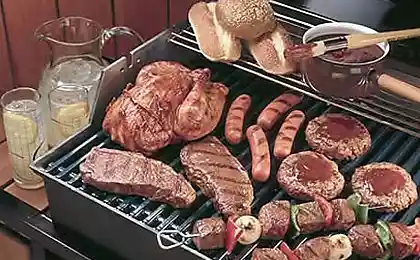600
Eel River, from which sushi, listed in the Red Book because of the destruction of human
Do not let poachers eel! Do you like Japanese food? Probably, yes - sushi and sashimi have long been a part of world culture and culinary delicacies to taste in Japanese now it is not necessary to go to the land of the rising sun. In almost any city in the world are Japanese restaurants, where you will be offered a choice of several dishes of tuna, shrimp, or say, smoked eel. The latter would like to tell us more.

Acne is one of the most popular culinary ingredients, not only in Japan but also in China, Vietnam, Thailand and other Asian countries. As it is not only cooked - fried, boiled, baked, pickled, in some "advanced" the Asian catering establishments, you can even order a dish of live eels (to be exact - fry).
It is not difficult to guess that their acne by great taste qualities are bad service - the annual world catch of eel has more than 70 thousand tons every year and the numbers are growing. If eel production will increase at the same pace in the coming years, acne can be a very expensive delicacy. Just because it almost does not remain.
In 2008, the eel was usually included in the Red Book of the International Union for Conservation of Nature as the view, located on the verge of extinction h4> Not all acne, which regale gourmets mined legally. Poaching has long been one of the most pressing environmental problems of European and Asian countries, the volume of illegal production of eel (and other valuable commercial fish) grow downright alarming rate, while often used quite inhumane ways. For example, in the "enlightened" Europe in the recent cases of significant catch eel with special traps. Typically, such a device is a narrow tube of net, put it inside the bait (more often - rotten meat). If you smell "production", the fish swims into the trap of not being able to get out, she falls prey to dishonest fisherman. These traps are used, and for example, in Vietnam - with the difference that instead of mesh tubes used bamboo local poachers. Popular among poachers and other barbaric fishing gear - in particular, electric rods and elektroostrogi, banned in many countries.

Acne is one of the most popular culinary ingredients, not only in Japan but also in China, Vietnam, Thailand and other Asian countries. As it is not only cooked - fried, boiled, baked, pickled, in some "advanced" the Asian catering establishments, you can even order a dish of live eels (to be exact - fry).
It is not difficult to guess that their acne by great taste qualities are bad service - the annual world catch of eel has more than 70 thousand tons every year and the numbers are growing. If eel production will increase at the same pace in the coming years, acne can be a very expensive delicacy. Just because it almost does not remain.
